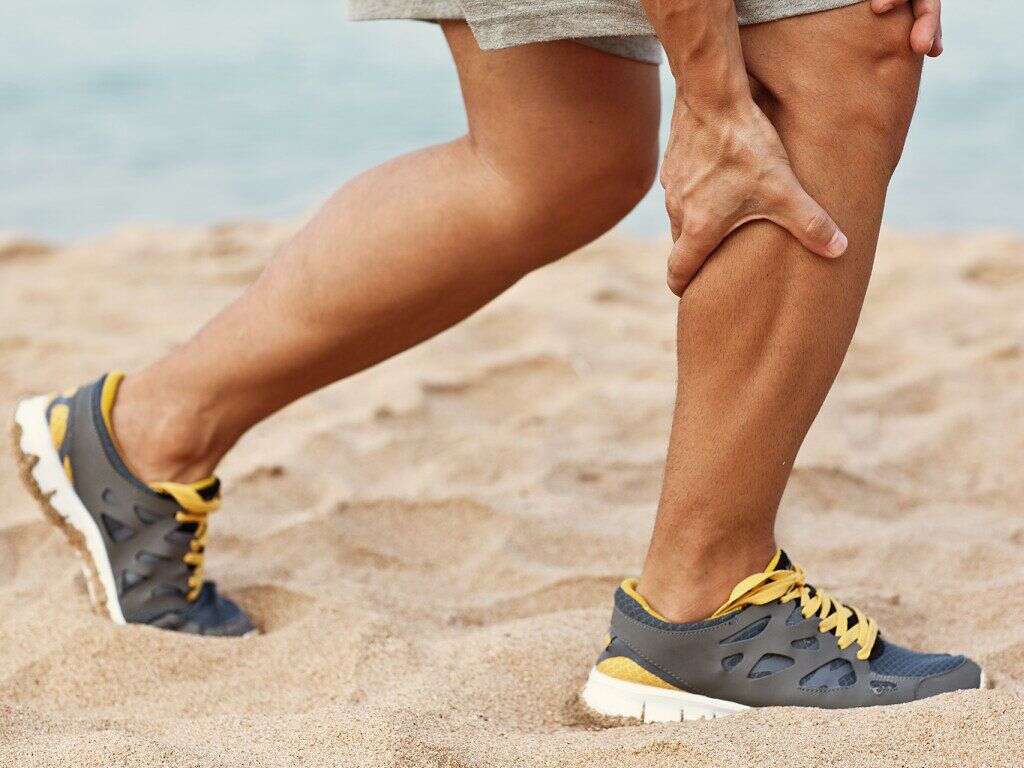What Are Shin Splints?
6. Prevention Strategies
Instead of waiting for shin splints to occur, here are some helpful ways to prevent this syndrome. If you know you are going to be participating in intense physical activity or increasing your workout regime, try to slowly incorporate more strenuous activity. Slowly build up your endurance and strengthen the connective tissue connected to your tibia to reduce the risk of this painful syndrome.
Check your shoes and be sure to replace them in time. Find out how often you should replace your shoes and be sure you choose shoes that are a comfortable, snug fit. Some runners choose to run barefoot to reduce the risk of shin splints; however, barefoot running is a style that must be trained. It also increases the risk of stress fractures in the feet.
Another great prevention strategy is cross training. Because high-impact exercise is the most common cause of this syndrome, look for low-impact alternatives to alternate with your chosen sport or exercise regime. Swimming, cycling and other low-impact alternatives keep your heart rate up and give you a great workout with reduced risk of splints.
Advertisement











